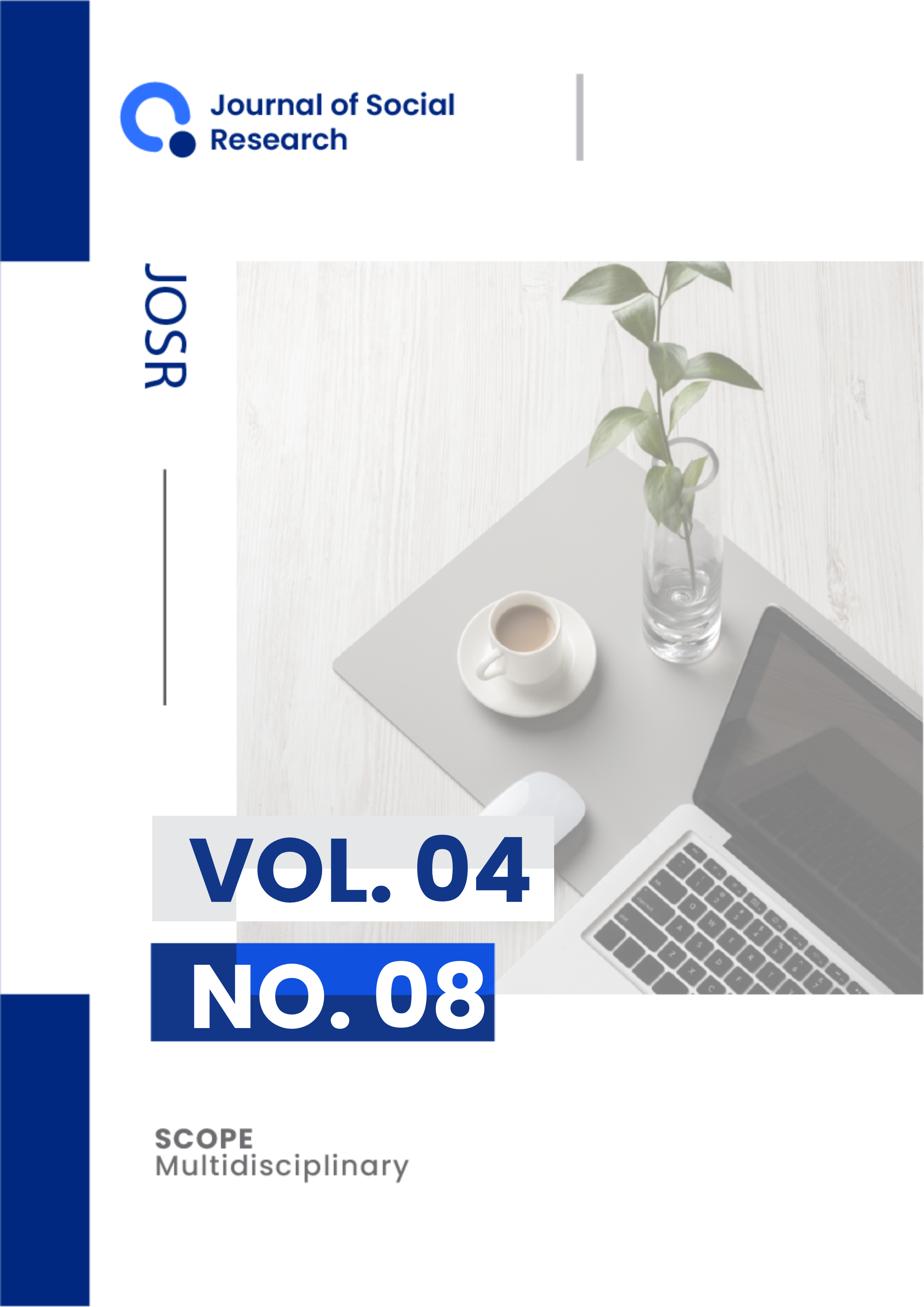Persuasive Communication Strategies Of Leaders In Reducing Serious Disciplinary Violations Among Soldiers (Multi-Site Study At The Signal Battalion Of Pushubad And Battalion 21 Group 2 Kopassus)
DOI:
https://doi.org/10.55324/josr.v4i7.2681Keywords:
Military Organization, Soldier Discipline Offense, Persuasive Communication Strategy, Multi-Site StudyAbstract
In essence, the leadership culture in military organizations is instructive and authoritarian with one command center. However, it is possible that a persuasive communication strategy was used by the leaders of the Yonhub Pushubad and Yon21 Group 2 of Kopassus to reduce the number of cases of soldiers’ offenses. This study aims to determine, compare and synthesize leadership persuasive communication strategies in suppressing the level of soldier discipline offenses in Yonhub Pushubad and Yon 21 Group 2 Kopassus. The method used in this research is a qualitative method and a descriptive approach with a multi-site study at the Yonhub Pushubad and the Yon 21 Group 2 Kopassus. Primary and secondary data collection techniques through in-depth interviews, participant observation and documentation. Based on the analysis and discussion of all the findings and data collected, it was concluded that the leaders of Yonhub Pushubad applied psychodynamic, psychocultural and the meaning construction persuasive communication strategies to reduce the number of infringements among its soldiers. On the other hand, the leaders of Yon 21 Group 2 Kopassus also applied the same three persuasive communication strategies to minimize the number of transgressions by its soldiers. Although both sites use the same persuasive communication strategies, different ways and methods are implemented by each leadership group in their unit. From the description of the results of the study, it can be concluded that the leaders of Yon 21 Group 2 Kopassus are more persuasive than the leaders of the Yonhub Pushubad, as can be seen from the variety and effectiveness of the communication strategies applied in controlling the discipline of its members. This is also evidenced by the percentage of offenses by soldiers of Yon 21 Group 2 Kopassus which is smaller than Yonhub Pushubad from 2018 to 2021.
Downloads
Published
Issue
Section
License
Copyright (c) 2025 Eka Indri Widarti, Astriana Baiti Sinaga

This work is licensed under a Creative Commons Attribution-ShareAlike 4.0 International License.

This work is licensed under a Creative Commons Attribution-ShareAlike 4.0 International.
Authors who publish with this journal agree to the following terms:
- Authors retain copyright and grant the journal right of first publication with the work simultaneously licensed under a Creative Commons Attribution-ShareAlike 4.0 International (CC-BY-SA). that allows others to share the work with an acknowledgement of the work's authorship and initial publication in this journal.
- Authors are able to enter into separate, additional contractual arrangements for the non-exclusive distribution of the journal's published version of the work (e.g., post it to an institutional repository or publish it in a book), with an acknowledgement of its initial publication in this journal.
- Authors are permitted and encouraged to post their work online (e.g., in institutional repositories or on their website) prior to and during the submission process, as it can lead to productive exchanges, as well as earlier and greater citation of published work.








